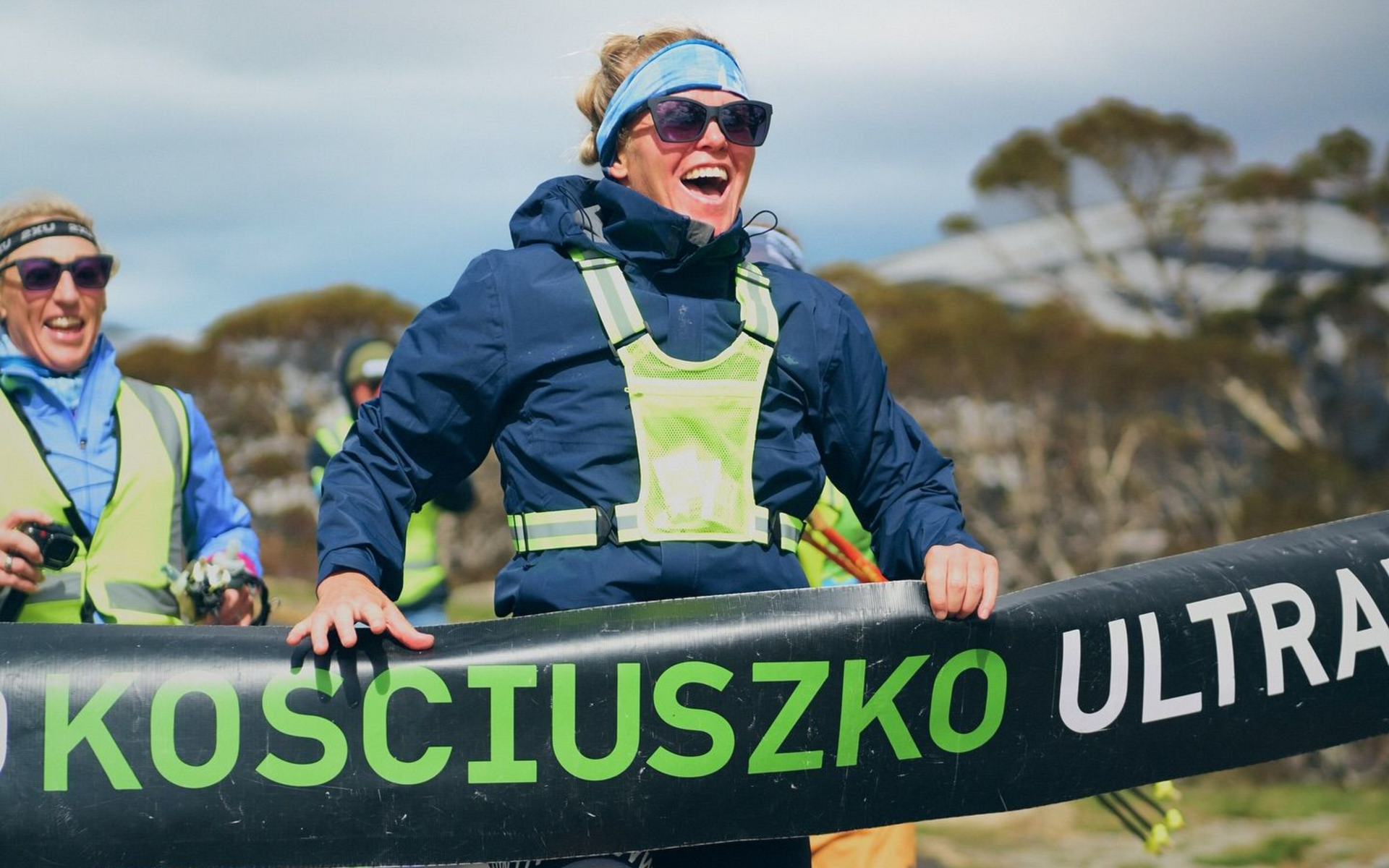
COACH’S CORNER - ADAPT during your race by Anne-Marie Cook
anne-marie cook from up coaching suggests a smart way to deal with race day setbacks. hint - don't panic!

There’s every chance that something will go wrong at some point in an ultramarathon. That’s primarily due to the length and the number of variables in trail and ultra running.
Sure, you can reduce the likelihood through meticulous training and preparation. But it’s still no guarantee. So, regardless of the scope and severity of an issue on race day, you need a plan to deal with whatever could go wrong.
So, try to A.D.A.P.T. It’s a race saver!
This handy acronym is a framework to deal with issues that arise during a race – from the simple to the life-threatening. A key attribute is that it can reduce your chance of panicking and throwing your race plan out the window. When you’re feeling exhausted it’s easy to catastrophise and make a decision you’ll regret later – like keeping on going even though you haven’t seen pink tape for a while, or pulling out of a race in a moment of fatigue.
You can and should practice this technique in training, so when sh*t hits during your race you can keep your head level and your eyes on the prize.
Accept
Mid-race, it’s easy to blow things out of proportion and lose rational perspective. If you’re prone to imagine the worst-case scenario, this is even more relevant to you! An example could be feeling a hotspot developing underfoot. Instead of appreciating the situation for what it currently is and how to deal with it, you might imagine a blister impacting your entire race. Staying in the present rather than imagining the potential future can help you accept your situation and make wiser choices about how to solve it.
Diagnose
Whether it be a rolled ankle, pouring rain or a stitch, you need to fully understan the issue. It’s important to not try to go straight into solving mode without all the information. If you’re not able to take on fuel, try to calm your mind and think about the symptom. Do you feel nauseous? Are you hot? How does the problem feel?
Analyse
This is the step in which you think through the current situation. An example of this step would be a rolled ankle: “My ankle hurts. But not too bad. I can walk on it, which is good. The next aid station is 2 kilometres away.” Even if you don’t have a solution yet, don’t panic! Take time to get panic under control and just name the situation without reacting.
Plan
In this step, you make an action plan to deal with the problem. The fewer issues you have to deal with, the easier it is to create a plan. But of course, the reality of ultrarunning is that several things could be going on/going wrong at once! If things are complicated, deal first with the issue that has the most potential to be catastrophic (e.g., if you’re getting cold but also cramping, first plan how you can get warm).
Take action
This is where the rubber hits the road – or trail! If you’ve diagnosed you’re feeling overheated, your action plan might be something like: “I’m going to walk to reduce effort and focus on drinking to cool my body. When I get to the shade just up there, I’ll stop out of the sun and put on my hat. Once I feel better, I’ll start a walk/run strategy.”
ADAPT in action:
Accept: Oh crap… I haven’t seen a trail marker for a while … Augh! I think I’ve gone off course! OK, this is not a disaster, let’s adapt to the situation.
Diagnose: I think I last saw ribbon at a junction. How far back was that! OK, it was maybe only a couple of kilometres.
Analyse: If I’ve taken a wrong turn, I will need to retrace my steps. Am I sure? I don’t know!
Plan: OK, I’ll get out my phone and check the course map and my location to be sure that I need to go back, before I waste any energy.
Take action: Yep! I can see the junction on the map. Back I go. But it’s probably less than a kilometre. I can get back on course, it’s not a big deal. Let’s do this!
With thanks to United Endurance Sports Coaching Academy (UESCA) for introducing me to the ADAPT concept. Check out Jason Koop’s take on the framework here.
ANNE-MARIE COOK COACHES INDIVIDUALS AND GROUPS IN TRAIL AND ULTRA RUNNING FOR UP COACHING IN THE BLUE MOUNTAINS AND ONLINE AROUND THE WORLD. SHE'S QUALIFIED AS AN ULTRA RUNNING COACH BY UESCA AND TRAIL & ULTRA LEVEL 3 HIGH PERFORMANCE BY ATHLETICS AUSTRALIA. AS AN ATHLETE, ANNE-MARIE HAS PLACED 7TH AT UTA100 AND 6TH AT THE AUSTRALIAN MOUNTAIN RUNNING CHAMPIONSHIPS.iF YOU WOULD LIKE MORE INFORMATION ON BEING TRAINED BY andy, CLICK THROUGH HERE TO OUR AURA ENDORSED COACHES PAGE.









